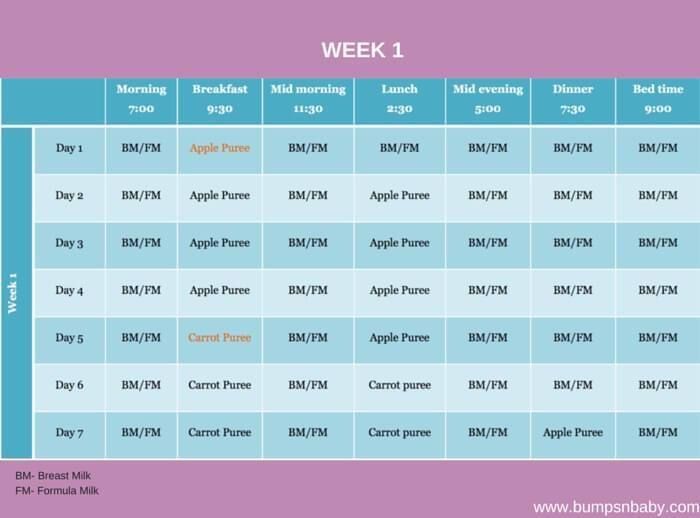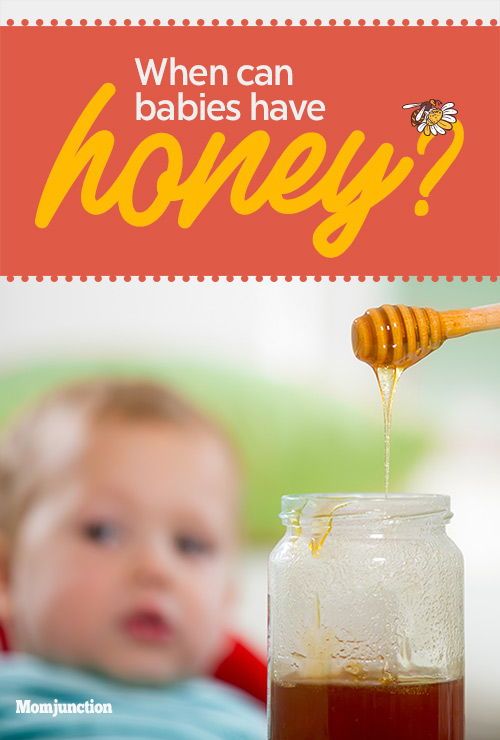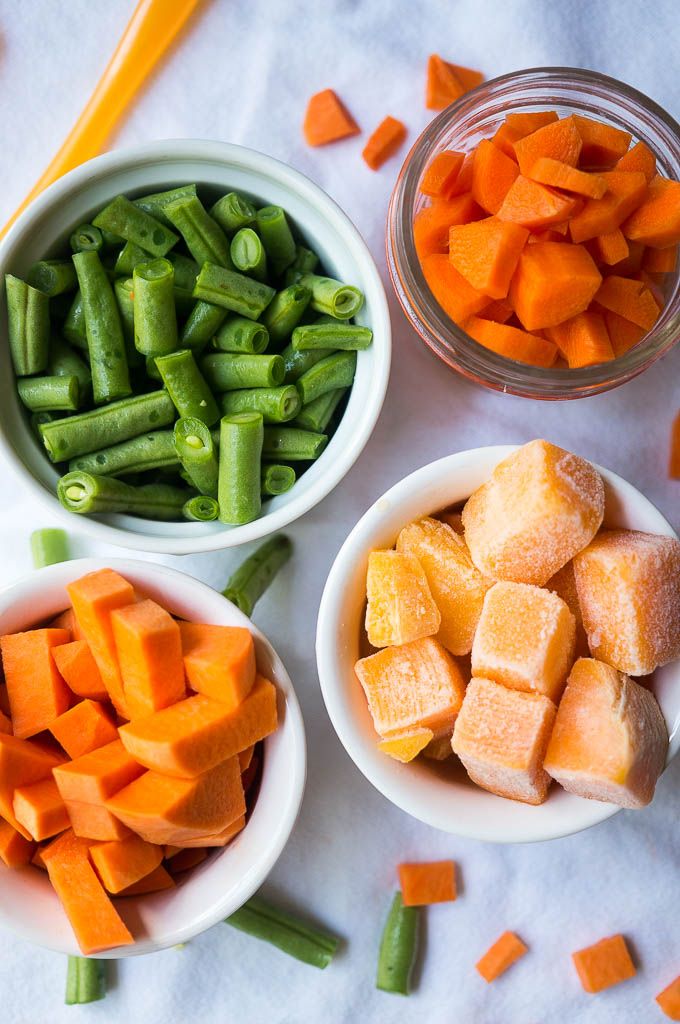Printable baby food chart
Printable Baby Food Chart: BLW, Purees, Finger Foods
Make feeding your baby easier with this free, downloadable baby food chart. It has straight forward ideas for what to feed baby from when they start solids on up to one year—including purees, baby-led weaning style foods, finger foods, and more.
Baby Food Chart
Starting solids with a baby can be so fun and often a little challenging—but this baby food chart will help. I’ve compiled my best ideas for which foods to serve based on age and development of the baby to make it easy for you to make decisions in the kitchen.
This infant feeding chart is meant to help remind you of options you have at each age. It is not meant to add any pressure or function as a checklist of foods you have to serve (unless you want to do that!).
TIP: Download your free printable baby food chart here.
What baby foods should you start with?
Whether you start with purees or baby led weaning, starting with flavorful and nutrient-dense foods is a simple way to think about introducing foods to a baby. I love simple foods like roasted sweet potato, avocado, banana, and apple puree as first foods for a baby.
Remember that a first food is just that—a first food. It is not going to be the sole thing that determines how your child likes all foods. It can be sweet or savory, or from a variety of food groups. I would do your best to make sure that the food is easy to eat, has some flavor, and that the environment in which you offer it is free from pressure and, maybe even joyful!
What age should baby start eating foods?
The American Academy of Pediatrics recommends waiting to start solids until a baby is 6 months, and to go with wide variety of foods, introduced one at a time. But many pediatricians still say it’s okay to start rice cereal at 4 months.
If your pediatrician recommends this at the 4 month check up, ask their thoughts on the recommendation from the AAP.
TIP: Learn more about starting solids here.
How much food should I feed my baby?
The best way to know the right amount of food to give to a baby is to follow their lead. It should be very clear when a baby is done eating—they will close their mouth, turn their head, and generally make it very hard to feed them. (They may also play with their food, which is a fine way for them to interact with the foods at this early stage.)
It should be very clear when a baby is done eating—they will close their mouth, turn their head, and generally make it very hard to feed them. (They may also play with their food, which is a fine way for them to interact with the foods at this early stage.)
It’s okay if baby eats very little to start. It’s also okay if they surprise you by being very interested in food!
TIP: Download your free printable baby food chart here.
6 Month Baby Food Chart for Purees
If you’re ready to start solids with a baby, here are some foods you may want to start with. This list is perhaps more broad than you expect, but more recent research shows that it’s a good idea to introduce potential allergenic foods earlier and that lots of flavor is a great way to set baby up for eating a range of foods as they grow.
Don’t feel like you need to serve all of these foods (you 100% don’t!), but it should give you a range of ideas to consider based on season, availability, and your own preference.
- Almond butter puree
- Apple Puree
- Avocado puree
- Banana puree
- Baby oatmeal
- Bean puree
- Butternut squash puree
- Egg yolk, hard cooked mashed with water
- Green bean puree
- Melon puree
- Pea puree
- Peach puree
- Peanut Butter Puree
- Pear puree
- Pumpkin puree
- Sweet potato puree
- Whole milk plain yogurt
- Single ingredient baby food
TIP: Find more in depth details on how to know if your baby is ready to start solids here.
6 Month Baby Food Chart for Baby Led Weaning
If you decide to use the baby led weaning method of feeding, you’ll want to cut these foods into the shape of a finger or larger. The foods should also be soft and easily squishable between two fingers—like the texture of a roasted sweet potato wedge or ripe avocado.
You don’t need to feel like you have to serve all of these foods by any means, but it should give you a range of ideas.
- Apple, roasted wedge
- Avocado spears
- Banana
- Beef, ground (large piece)
- Beef hamburger patty (sliced)
- Beet, steamed or roasted
- Broccoli florets, roasted/steamed
- Cauliflower florets, roasted/steamed
- Chicken, dark meat shredded
- Cucumber
- Green bean
- Egg, hard cooked
- Egg in omelet, sliced
- Figs, halved
- Lamb
- Mango slice
- Meatball
- Melon slices
- Peach, very ripe slice
- Pear, very ripe slice
- Potato, roasted wedges
- Steak slice
- Sweet potato, roasted wedges
- Toast with mashed avocado
- Toast with mashed sweet potato
- Toast with light smear of peanut butter
- Toast with mashed hard cooked egg
- Watermelon slice
- WiId salmon
TIP: Find my Ultimate Guide to Baby Led Weaning here.
7 Month Baby Food Chart
With a 7 month old baby, you can add in a few more foods including those with more acid like citrus. Continue serving the foods on the 6th month list, or introduce ones that you didn’t get to in that first month.
Continue serving the foods on the 6th month list, or introduce ones that you didn’t get to in that first month.
- Baby rice crackers
- Bean puree
- Beet puree
- Brussels Sprouts, pureed (or large piece for BLW)
- Guacamole
- Kiwi puree (or large piece for BLW)
- Hummus
- Mango Puree
- Mixed ingredient baby foods
- Orange segment for BLW
- Pineapple puree (or large piece for BLW)
- Prune puree
- Strawberry puree (or large strawberry for BLW)
- Spinach puree
- Smoothies (simple)
- Tomato sauce
- Tomato sauce with ground meat
TIP: Try my 10 easy No Cook Baby Foods.
9 Month Baby Food Chart
As a baby nears the 9 and 10 month mark, they will begin to be able to pick up small, pea-size pieces of foods with their fingers. This development of the “pincer grasp” means they are ready to start sampling table foods.
A good rule of thumb is to cut foods to about the size of a pea and to serve them very soft and easily squishable between your fingers.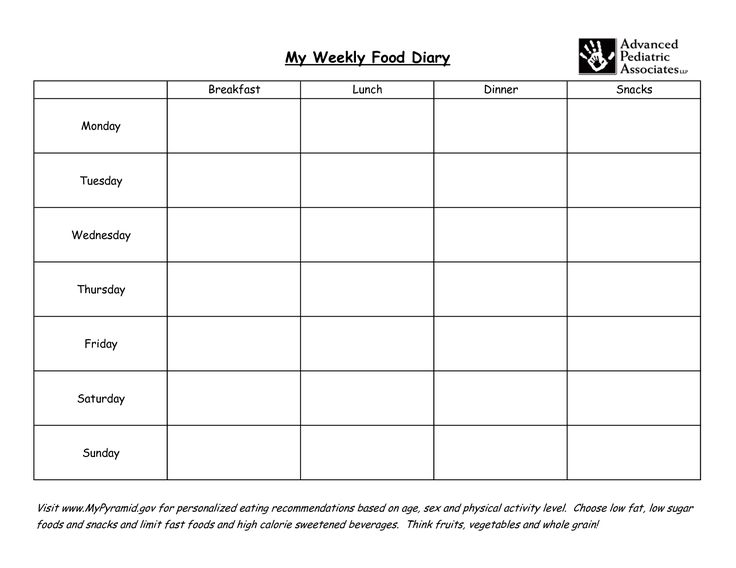
Bread-like textures in foods like pancakes and muffins may be difficult for your child, so you may want to moisten them with water, applesauce, yogurt, breastmilk, or formula.
Remember that babies learn to eat a variety of paces, so follow the lead of your baby and avoid pressuring them to eat foods or amounts of foods that they aren’t ready for. If a baby turns their head away, closes their mouth, shakes their head, or cries, they are done with food and it’s okay to end the meal.
Continue serving foods from the previous months. And try adding:
- Banana, diced and mashed slightly as needed
- Barley, cooked until very soft
- Beans, slightly mashed
- Beef, ground
- Blueberries, diced
- Cheese, shredded
- Chex cereal
- Chia seed in smoothies, yogurt or oatmeal
- Chicken, ground
- Chicken, shredded and chopped into small pieces
- Clementines, diced (you may want to remove the slightly tough membrane)
- Cottage cheese
- Corn
- Flaxseed in smoothies, yogurt or oatmeal
- Goat cheese, soft crumbles
- Grapes, diced (never whole)
- Kefir, plain
- Meatball, diced
- Muffins, diced (moistened if needed)
- Millet
- O cereal
- Oatmeal
- Overnight oats
- Pasta
- Peas
- Potatoes, roasted or mashed
- Puffs
- Raspberries, diced
- Pancake, diced (moistened as needed with applesauce)
- Quinoa
- Rice
- Salmon, small pieces
- Tofu, diced
- Tomatoes, fresh
- Tilapia, small pieces
- Turkey, ground
TIP: Find my best Early Finger Foods, which will cover this stage and early toddlerhood.
Best First Finger Foods for Baby
I put together my go-to first finger foods for babies, which may help you narrow down which foods to start with. Each of these is a nutritious whole food that’s soft and easy for baby to eat. It’s helpful that many of these foods are ones that us grownups like too, so it should make meal planning and prep for the little ones easier on you!
Printable Baby Food Chart
Grab your free copy of my downloadable Baby Food Chart with access to my entire Resource Library of Printable charts by signing up for my newsletter.
You May Also Like
- ABC Baby Muffins
- Master List of Baby Snacks
- Extra-Veggie Baby Soup
- Sweet Potato Teething Biscuits
- Master List of Baby Food Recipes
I’d love to hear your feedback on this chart, so please comment below! I always love to hear from you guys.
This post was first published Jan 2019.
Printable Checklist For Baby’s First Foods + Tips For Introducing Solids
1. 9K shares
9K shares
- Facebook73
Wondering what are the best first foods to feed your baby? We’ve created a free printable checklist with foods and flavors to try + helpful tips for starting solids.
Many parents starting their babies on solid food will wonder, “what is the absolute best first food I can feed my baby?”, looking for a concrete answer like “peas” or “carrots”. However, the exact first food is fairly insignificant – instead, it’s the variety of healthy foods you serve your baby in their first few months of eating solids that’s most important.
Studies have shown that trying a wide assortment of flavors with your infant can keep picky eating at bay, and will ultimately make them more willing to try (and accept!) other new foods in the future. Plus, these are the foods that are helping fuel your baby’s development and growth, so the more they can enjoy a variety of nutrient-rich foods, the better.
With this in mind, we’ve team up with our sponsor, Stonyfield Farm, to create a free printable chart that is loaded with ideas of nutritious foods and flavors to try with your baby – allowing you to track your attempts and their reaction.
So whether your baby is just starting on purées, moving onto solids, or doing Baby-Led Feeding, you’ll be able to make sure they’re getting a wide variety of healthy foods, and expanding their palette in the process.
Read on to learn how to download the printable and get our helpful tips for starting solids.
PIN for when you’re ready to start solids!
PRINTABLE TRACKING CHART
So here it is! Our free Printable Tracking Chart for Baby’s First Foods.
You’ll see that it’s full of suggestions for nutritious foods to serve your child – from fruits and veggies, to grains, dairy and proteins. There’s even suggestions for different spices and flavors to incorporate to further expand their horizons.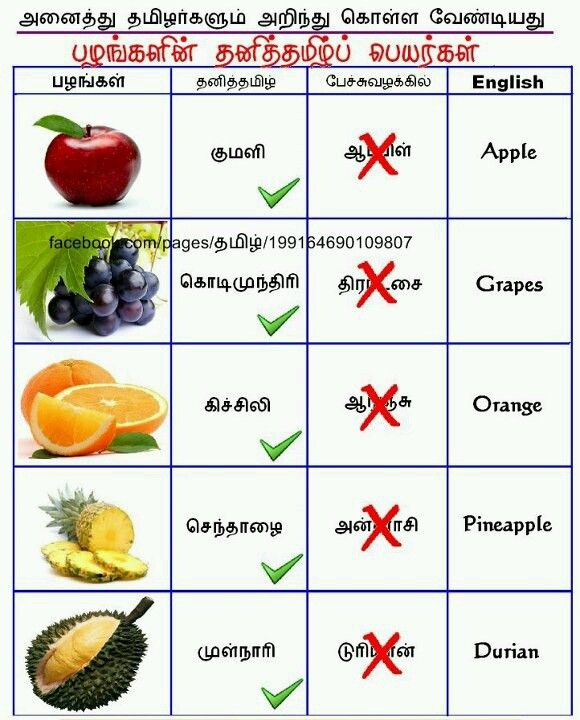
And if there’s a certain food or dish you’d like them to try that’s not listed, simply add it in the “Other Foods” section that we’ve left blank.
Each food has 5 “check boxes” next to it, so as your serve it to your baby, you can check off one of the boxes. You can even make the circle into an emoji based on your child’s reaction. As it can take 5-10 tries for a baby to decide whether or not they like a certain food, this will help you track your attempts and serve as a reminder to be patient and keep trying!
To download our printable Baby’s First Foods Tracking Chart simply enter your email into the box below and we’ll immediately send you the PDF right to your inbox:
Whatever foods you decide to try first, keep these tips in mind:
The Waiting Game: Many pediatricians recommend waiting 3-5 days between trying each new food so if your baby develops any reaction, it will be easier to pinpoint the culprit. Others will waive this waiting period except with higher-risk foods like peanut butter or eggs.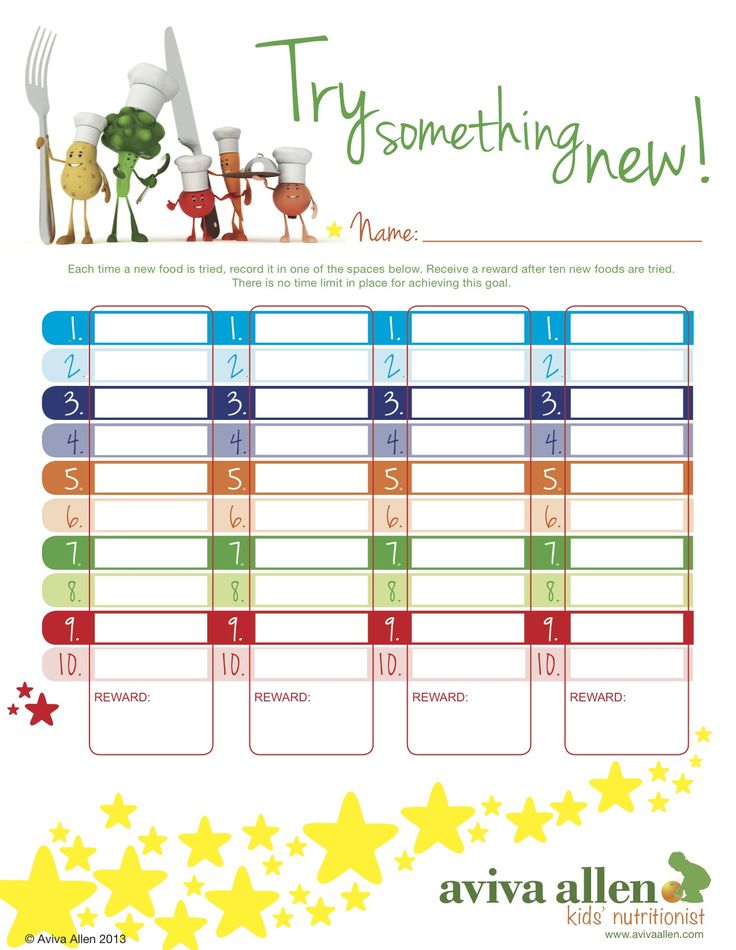 Discuss with your child’s Doctor the length of time their practice recommends waiting.
Discuss with your child’s Doctor the length of time their practice recommends waiting.
No Raw Honey: Avoid feeding you infant raw honey until they are at least a year old, as there is a risk of infant botulism, a deadly disease.
Avoid Cow’s Milk Until 1 Year: Babies can’t digest straight-up cow’s milk as well as they can breast milk or formula, and the high concentration of protein and minerals can cause stress to their developing kidneys. Doctors only recommend starting cow’s milk once your baby is a year old.
Yogurt is A-Okay! Because cow’s milk is off-limits for the first year, many parents think this means yogurt is a no-no. But that’s actually not the case! Pediatricians give yogurt the thumbs up for babies beginning at six months. Yogurt has live, active cultures that break down the lactose and protein, so it’s much easier for babies to digest. Some, like our recommended Stonyfield YoBaby yogurt, include added Vitamin D and the probiotic BB-12 which supports a healthy gut microbiome and aid in digestion.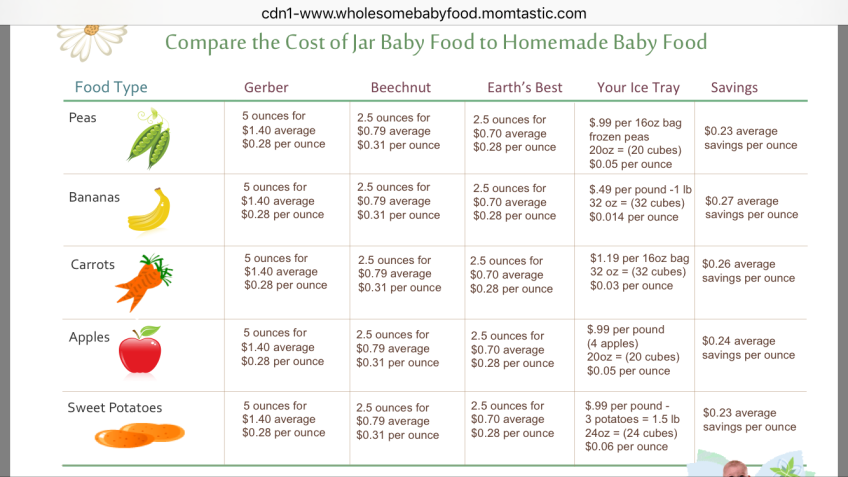 It’s also made with whole milk which is important as fat is critical for brain development. And like all of Stonyfield’s yogurts, YoBaby is organic which means it includes no harmful persistent pesticides, antibiotics, artificial growth hormones, or GMOs.
It’s also made with whole milk which is important as fat is critical for brain development. And like all of Stonyfield’s yogurts, YoBaby is organic which means it includes no harmful persistent pesticides, antibiotics, artificial growth hormones, or GMOs.
Don’t Undercook: Make sure everything you feed your baby is well cooked, especially meats, eggs and shellfish, as their bodies are more sensitive to bacteria and can therefore be at a higher risk of getting food poisoning.
Fish: Avoid fish with high levels of mercury like Swordfish and Marlin.
Keep Food Unsalted: Don’t add salt to any homemade food, and keep your eye on sodium levels of anything store-bought. The guidelines for a child under 1 is to have less than 1g of salt (0.4g sodium) a day.
Avoid Artificial Sweeteners: Babies don’t need artificial sugars, especially when you can use natural sweeteners like mashed or puréed fruits and veggies to sweeten more “bland” foods.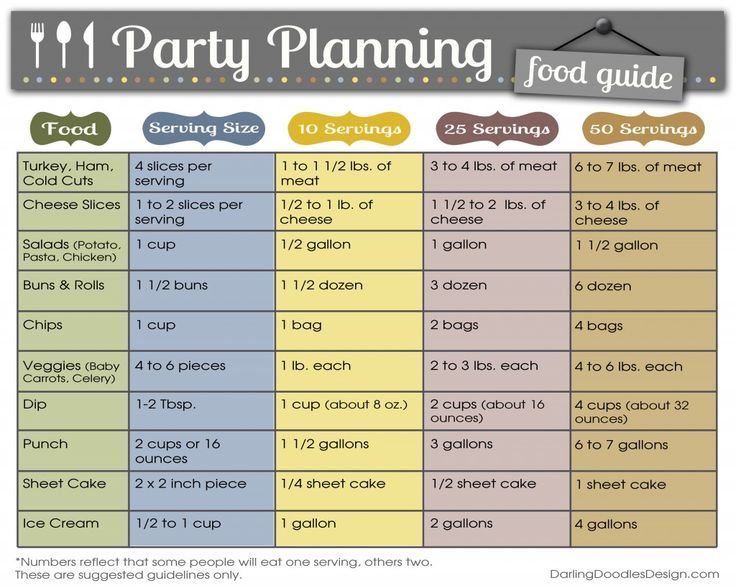 But babies really don’t know any different – try them with one of Stonyfield’s YoBaby yogurts with no added sugar, like their Plain, Banana Mango or Veggie flavors, and you’ll see that they will quickly gobble it up!
But babies really don’t know any different – try them with one of Stonyfield’s YoBaby yogurts with no added sugar, like their Plain, Banana Mango or Veggie flavors, and you’ll see that they will quickly gobble it up!
Make Your Meat Tender: Make proteins like beef, chicken or pork easy to chew by tenderizing them in a slow cooker or InstaPot.
Steam or Roast Veggies: Soften your vegetables by steaming or roasting them. Purée if you are spoon feeding or keep them in long sticks for Baby-Led Feeding.
Cook With Broth: Cook any grains or vegetables in an unsalted bone broth instead of water. It not only adds additional nutrients, but exposes them to other flavors.
Allergens: It is no longer recommended to delay the introduction to potential allergens like peanut butter and eggs. In fact, studies have shown that the early introduction of allergenic foods around 6 months of age could potentially decrease their risk of developing a food allergy.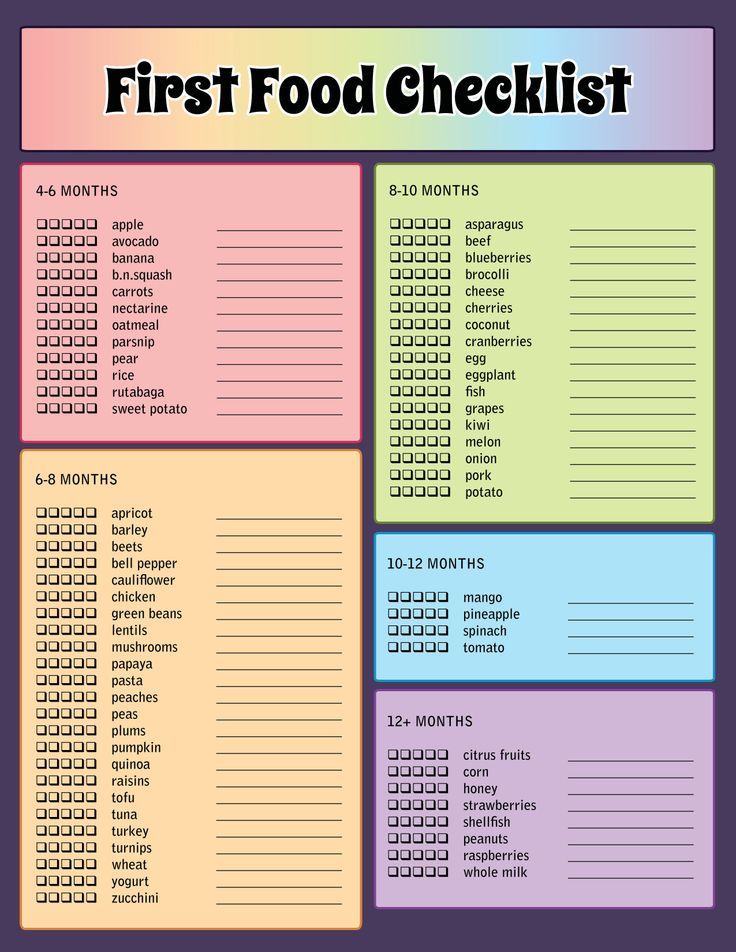 Discuss your strategy with your child’s pediatrician, especially if you have a family history of food allergies.
Discuss your strategy with your child’s pediatrician, especially if you have a family history of food allergies.
Spice Things Up: Don’t be afraid to try different spices and seasonings with your baby. Sprinkle some cinnamon on apples, a squeeze of lemon on chicken or rosemary on potatoes. The more combinations they are exposed to, the more they will accept new foods in the future.
RELATED: 18 Tips to Raise an Adventurous, Non-Picky Eater From Baby to Toddler & Beyond
Try Different Cooking Methods: A food’s taste can be completely transformed depending on how you cook it – the difference between a boiled Brussel Sprout and a roasted one is like night and day. So mix it up! Once your baby has tried a food one way, use a different method the next time. Grill, roast, boil, steam, slow cook, sauté – expand your cooking repertoire and their palette at the same time!
First Aid: Always be present while your baby is eating.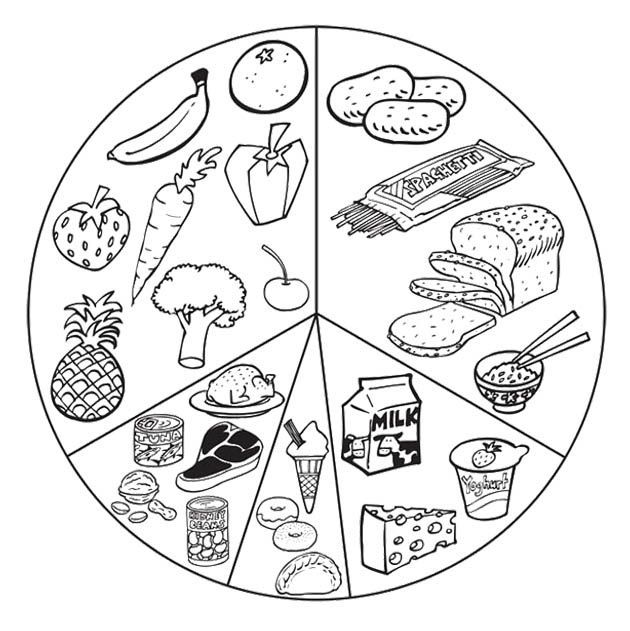 Know the difference between choking and gagging, and what to do in either case.
Know the difference between choking and gagging, and what to do in either case.
To download our printable Baby’s First Foods Tracking Chart simply enter your email into the box below and we’ll immediately send you the PDF right to your inbox:
Whatever you decide to try first, make sure it is a healthy, nutrient-rich choice. Bon appetit!
Thanks again to our sponsor, Stonyfield Farm, for making the #1 Pediatrician recommend yogurt – a perfect first food for 6+ months.
Looking for a great starter recipe for your baby’s breakfast that you and your family can also enjoy? Try our healthy Blueberry Oatmeal Pancakes – they have no added sugars, and are fluffy and delicious!
1.9K shares
- Facebook73
Baby food technology
Registration rules course project developed taking into account requirements of the following regulatory documents:
- GOST 2.
 105-95. ESKD. General requirements for text documents;
105-95. ESKD. General requirements for text documents; - GOST 7.1-03. System of standards for information, bibliographic and publishing. Bibliographic record. Bibliographic description;
- GOST 7.12-93. System of standards for information, bibliographic and publishing. Abbreviation of words in Russian. General requirements and rules; nine0006
- GOST 7.32-01. SIBID. Research report. Structure and rules of registration;
- GOST 7.9-77. System of information and bibliographic
documentation. Abstract and abstract; - GOST 8.417-02 SSBT. State system for ensuring the uniformity of measurements. Units of values;
- GOST 9327-60. Paper and paper products. Consumer formats;
- GOST R 1.5-02. GSS RF. Standards. General requirements for construction, presentation, design, content and designation; nine0006
- GOST R 6.30-03. USD. Unified system of organizational and administrative documentation
. Documentation requirements. 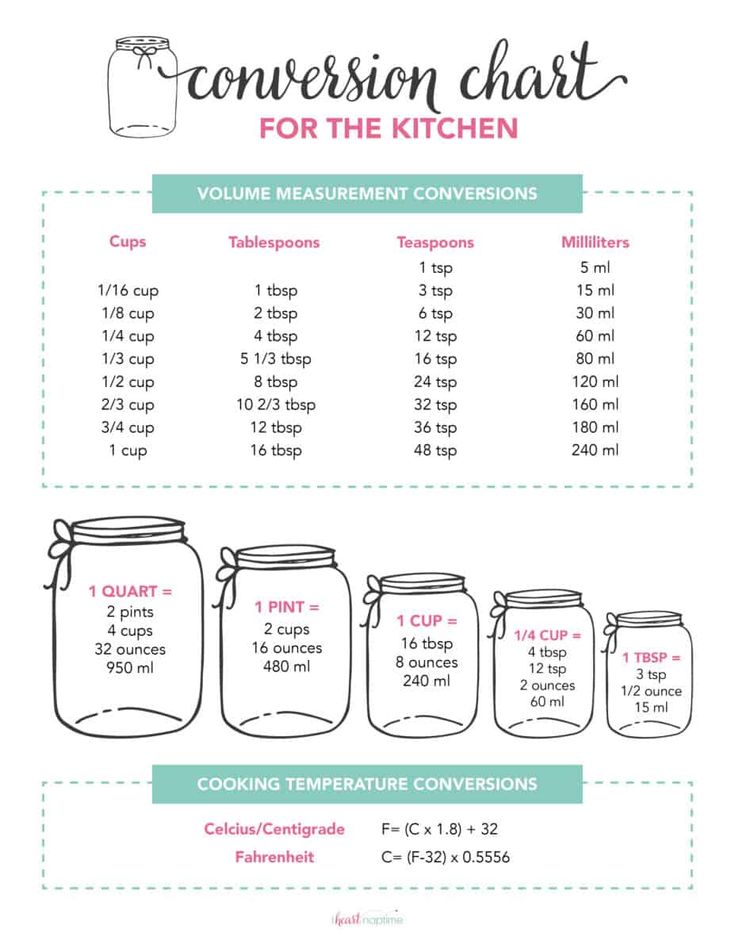
Text presentation and coursework design project should be carried out in accordance with GOST 7.32-01, GOST 2.105-95 and GOST R 6.30-03. Coursework text pages and included illustrations and tables in it must correspond A4 format according to GOST 9327.
Course text project must be completed by any printed on a typewriter or using a computer and printer on one side of a sheet of white paper A4 one and a half intervals (in tables - single spacing). Font - Times New Roman; color - black, height of letters, numbers and other characters - size 14 (in tables and figures - size 12). nine0003
Allowed use computer capabilities focusing on certain terms, formulas, theorems, applying fonts of different typefaces.
The text must be printed in compliance the following margin sizes: right - 10 mm left - 30 mm top and bottom - 20 mm.
Regardless on the method of project implementation quality printed text and illustrations, tables, printouts from a PC must meet requirement for clear reproduction.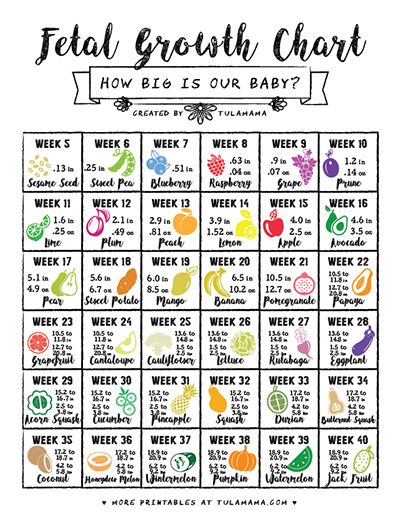 nine0003
nine0003
When executing the project must comply with a uniform image density, contrast and clarity throughout the report. The coursework should have clear, unblurred lines, letters, numbers and signs.
Misprints, misprints and graphic inaccuracies found in the process of preparing the work, it is allowed correct by erasing or painting white paint and application in the same place corrected text (graphics) typewritten method or black ink, paste or ink - handwritten. nine0003
Damage sheets of text documents, blots and traces of a completely removed old text (graphics) are not allowed.
Surnames, names institutions, organizations, firms, name products and other proper names in the work are given in the original language. It is allowed to transliterate proper names and give names of organizations in translation into the language of work with the addition (when first mention) of the original name.
Reduction Russian words and phrases in project - according to GOST 7.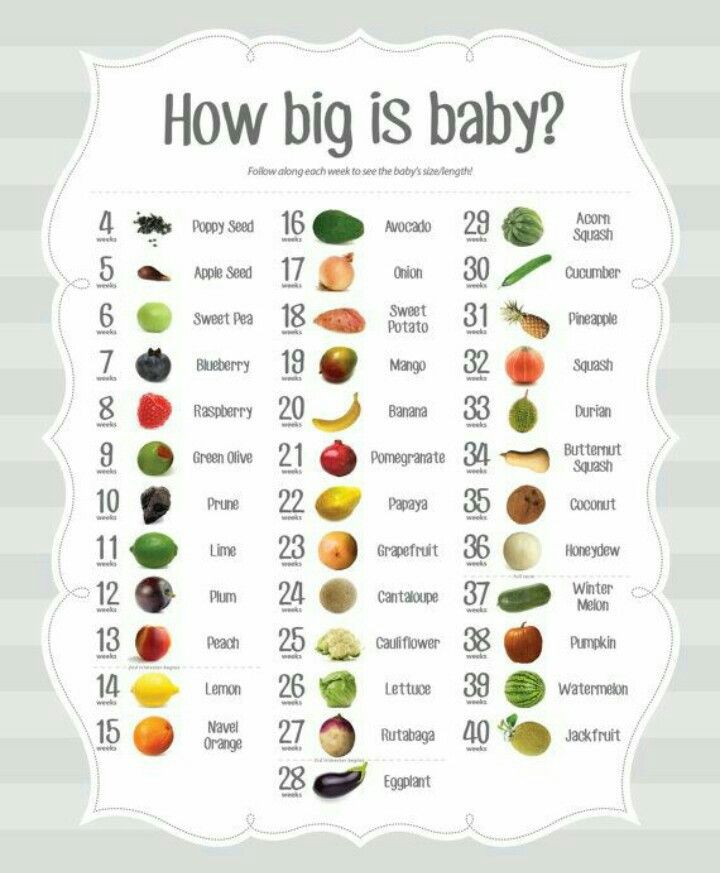 12-93.
12-93.
Construction and course design. Names structural elements of the course project "Content", "Introduction", "Conclusions", "List of used literature” serve as headings for structural coursework elements.
Basic part of the course project should be divided into sections, subsections and points. Items, if necessary, can divided into subsections. When dividing text into paragraphs and subparagraphs, it is necessary that each item contained complete information. nine0003
Sections, subsections, paragraphs and subparagraphs should be numbered Arabic numerals and write from a paragraph indent. Paragraphs in text start with an indent of 15 mm.
Sections must be sequentially numbered within the entire text, with the exception of introduction, conclusion and appendices (for example, 1, 2, 3, etc.).
If the work has subsections, then paragraph numbering should be in within a subsection and item number must consist of section numbers, subsection and paragraph, separated dots. nine0003
nine0003
Subsections must be numbered within each section.
Subsection or paragraph number includes section number and subsection serial number or paragraph, separated by a dot (for example, 1.1, 7.2, 1.3, etc.).
Subclause number includes number of section, subsection, paragraph and serial number of subparagraph, separated by a dot (for example, 1.1.1.1, 1.1.1.2, 1.1.1.3 etc.).
After number section, subsection, paragraph and subparagraph do not put a dot in the text. If the text work is subdivided into sections they should be numbered, except introduction, conclusion and appendices, serial numbers within the entire practice report. nine0003
If section or subsection has only one clause or clause has one subclause, then it should not be numbered. Having one subsection within a section is equivalent to it actual absence.
If text course project is divided only into points, then they are numbered sequentially throughout the entire document.
Points at needs can be broken into sub-items that should have serial numbering within each clause, for example, 4. 2.1.1, 4.2.1.2, 4.2.1.3 etc. nine0003
2.1.1, 4.2.1.2, 4.2.1.3 etc. nine0003
Within points or subparagraphs can be given enumerations. Before each listing should put a hyphen or if necessary, links in the text document for one of the transfers lowercase letter (except for ё, з, й, o, ы, ъ, ь), after which the parenthesis is placed.
For further detailing of transfers is necessary use Arabic numerals which a bracket is placed, and the entry produced from a paragraph indent (15 mm), e.g.:
a) ___________________
b) ___________________
1) ___________________
2) ___________________
c) ___________________
Sections, subsections must have headers. Items like Usually, there are no headers. Titles should clearly and concisely reflect the content sections, subsections.
Section headings, subsections and paragraphs should print from a paragraph indent with a capital letter without a dot at the end, without emphasizing, it is allowed they are highlighted in bold.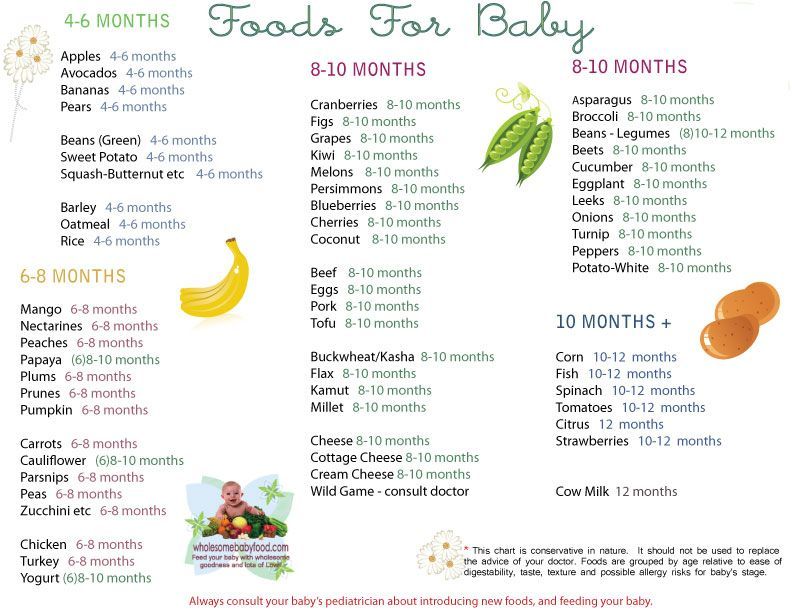 nine0003
nine0003
If header consists of two sentences, they are separated dot. Word hyphenation in titles allowed.
Distance between the title and the text should be equal to 2 intervals (1 empty line).
Distance between section headings and subsections - 2 intervals (1 empty line).
Each section explanatory note should start from a new sheet. Because the the text of the course work is divided into chapters (parts, etc.), the word "Chapter" (part, section, etc.) is not written. nine0003
Numbering coursework pages. Course project pages should be numbered with Arabic numerals, respecting continuous numbering throughout the text of the work. The page number is affixed in the upper right corner without a dot (title sheet is not numbered).
Illustrations and tables arranged on separate sheets, include in general page numbering
Illustrations. Illustrations (drawings, graphs, diagrams, computer printouts, diagrams, photographs) should be placed in the course project immediately after the text they are mentioned for the first time or on the next page. nine0003
nine0003
Illustrations can be computerized, including color ones.
All illustrations must be references are given in the course project.
Drawings, graphs, charts, diagrams, illustrations, placed in the practice report should meet the requirements of
Allowed execution of drawings, graphs, diagrams, schemes through the use computer printing. nine0003
Still pictures smaller than size A4 should be pasted on the standard sheets of white paper.
Illustrations, except for illustrations of
If drawing one, it is designated "Figure 1".
The word "drawing" and its name are located in the middle of the line below the picture.
Distance between text and picture - 2 spacing (1 empty line).
Distance between the figure and its name - 2 intervals (1 empty line). nine0003
Distance between the name of the figure and text - 2 intervals (1 empty line).
Figures may be numbered within a section. In this case illustration number consists of section and serial numbers illustration numbers separated by a dot, for example, figure 1.1.
Illustrations as needed may have a name and explanatory data (figure text). Word "drawing" and its name placed after explanatory data and have the following
Illustrations each application is designated as a separate numbered in Arabic numerals adding a symbol before the number applications, for example, Figure A.5.
write "... in accordance with the figure 2" for end-to-end numbering and "... in accordance with Figure 1.2" when numbering within a section. nine0003
The graphs are drawings showing the maximum information about 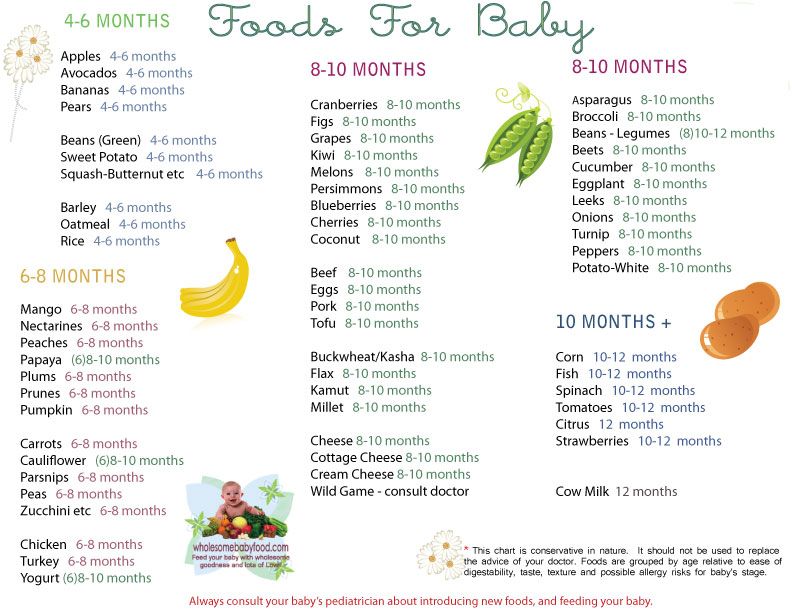 Graphs are performed by the same means, as the whole report (printer and etc.). Graphs depict in a plane or volume in compliance with
Graphs are performed by the same means, as the whole report (printer and etc.). Graphs depict in a plane or volume in compliance with
Graph axes and lines of displayed dependencies must be drawn with thick lines 0.7-1.0 mm thick. On the axes put down numerical values of parameters, from which draw thin lines of the coordinate grids. Numerical change intervals parameters are chosen such that there were places not occupied by dependency lines. At the end of the axes, symbolic designations are affixed parameters and, separated by commas, units of measurement, for example; R, Pa. If the parameters are large numerical values, then use exponential factors with base 10, for example P × 10 -5 , Pa. It is allowed to place the name of the parameters along the respective axes. experimental dependencies must be provided with experimental points, but no lines from the axes to them do not carry out. If the graph shows multiple dependencies, then each line numbered, and the name of the dependency is given below the chart.
Design example:
Figure 3.1 – Temperature effect on the activity of ascorbate oxidase
Tables. Tables are used for better visibility and ease of comparison. Name tables, if any, should reflect its content, be precise, concise. Name tables should be placed above the table on the left, without a paragraph indent on one line with her number separated by a dash. Between title table and the table itself should be one free line left.
The table should be placed in course project immediately after the text in which it is mentioned for the first time, or next page. nine0003
Above and below table should be left one free line.
To all tables in the body of the report there should be links. When referring, you should write the word "table" indicating her numbers.
Table with large number of lines 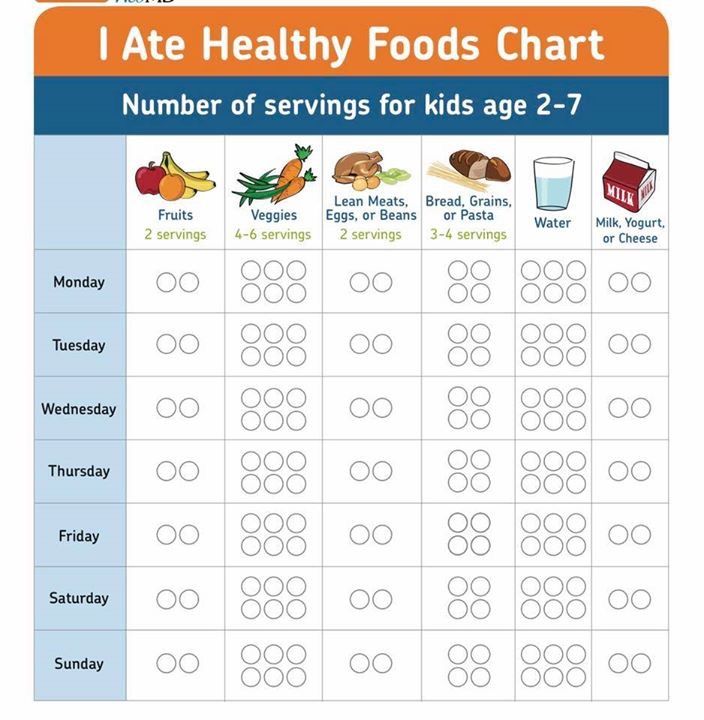
Table with large number of count allowed divide into parts and put one part under another within one pages. If the rows and columns of the table go beyond the page format, then in first case in each part of the table the head is repeated, in the second case - sidebar.
If repeated in different rows of the column of the table text consists of one word, then it after the first writing it is allowed to replace with quotation marks; if of two or more words, then at the first repetition it is replaced by words "The same", and then - in quotation marks. Put quotes instead of repeated digits, stamps, signs, mathematical and chemical characters are not allowed. If digital or other data in any line tables are not given, then in it put a dash. nine0003
Digital material, usually arranged in the form of tables. Example the design of the table is shown in the figure 1.
Tables, per except for application tables, you should number with Arabic numerals numbering. It is allowed to number tables within a section. In this case, the number table consists of a section number and an ordinal table numbers separated by a dot.
It is allowed to number tables within a section. In this case, the number table consists of a section number and an ordinal table numbers separated by a dot.
Table 3.2 - Recipe for potato mass "Health"
| Name of raw material | Health potato mass | |
| gross weight, g | net weight, g | |
| Milk | 50 | 50 |
| Potato | 910 | 650 |
| Curd | 270 | 270 |
| Eggs | 50 | 50 |
| Wheat flour | 40 | 40 |
| Vegetable oil | 40 | 40 |
| Sugar | 30 | 30 |
| Margarine | 20 | 20 |
| Semi-finished product weight | - | 1150 |
| Finished product output | - | 1000 |
Baby food specials
Baby food specials nine0364
Meals for children has its own characteristics and complexities.
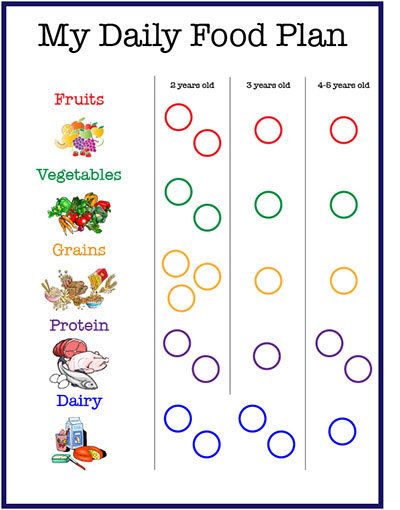
When planning a child's diet, consider certain features of the child's body.
Child growth
The main difference between baby food is the growth of the child's body. That is, a baby needs more protein than an adult. Knowing about it many adults make the mistake of focusing on creating a high protein diet, although even the usual protein food consumed by adults contains
more protein than breast milk.
High mobility
Another feature of baby food is that children are very mobile in different from adults. Greater mobility of the child's body contributes to exchange normalization. If children are forcibly restricted in their movements, this provokes insufficient secretion of growth hormones, diseases, and as a result - developmental delay.
Consumption of sweets
Due to the high metabolic rate, children, unlike adults, are able to absorb significantly more sweets without much harm to themselves.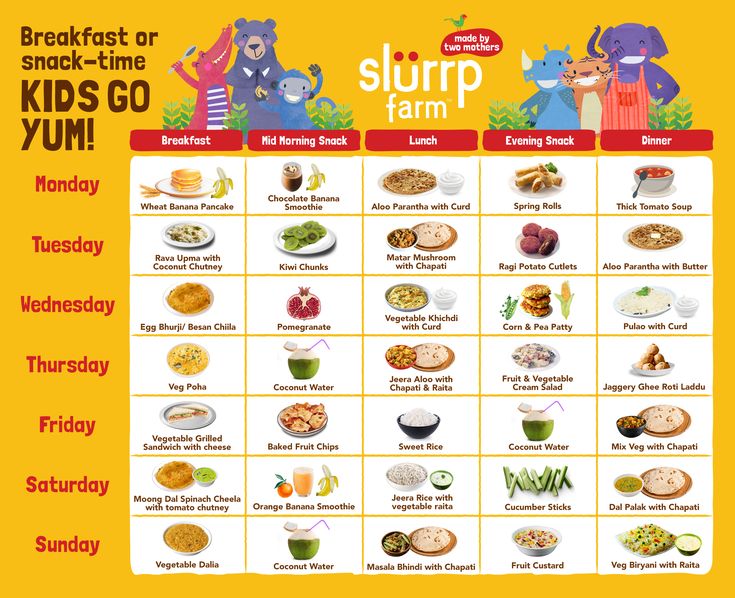 However, they should not be encouraged to do so. Although sweet foods are natural origin are very beneficial for the child.
However, they should not be encouraged to do so. Although sweet foods are natural origin are very beneficial for the child.
In addition, children are much more active than adults. use cholesterol. It is very important for health, is the main component of the membrane, which surrounds cells throughout the body. And the child grows, and he forms a lot new cells. nine0370 An important nuance is the fat cells that make up the "fat" according to most are formed during the first years of life. Subsequently they grow and grow in size. Therefore, what it looks like an adult is largely associated with nutrition in childhood.
Regulatory Excellence mechanisms
The most important feature of baby food . Regulatory mechanisms in the child's body controlling the inflow and outflow of energy, function perfectly. His The body knows exactly what food and in what quantities it needs.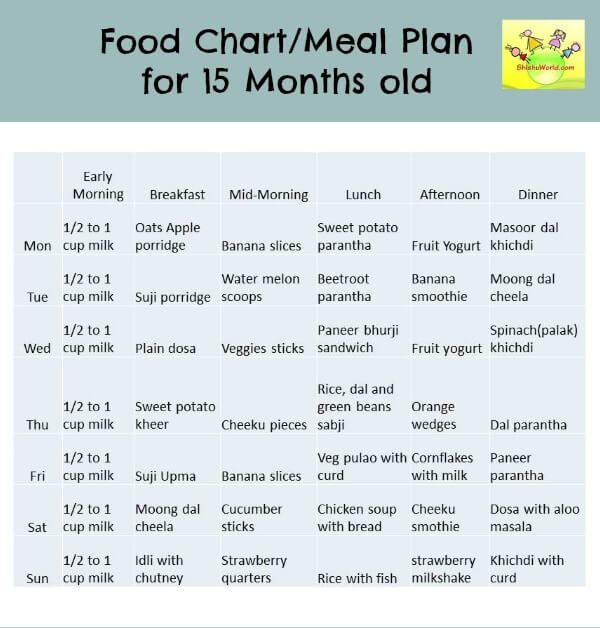 However, if there is an abundance of deliciously cooked (with spices, fried, fatty and etc.) and sweet dishes, the appetite will be coordinated by the tongue, and not by the physiological need. nine0003
However, if there is an abundance of deliciously cooked (with spices, fried, fatty and etc.) and sweet dishes, the appetite will be coordinated by the tongue, and not by the physiological need. nine0003
This level of regulation remains until the age of 14-17. Further it is preserved under the condition that a person leads a healthy lifestyle.
A number of general rules can be identified - recommendations to which it makes sense to listen in order to provide the child with the right diet.
1 baby food rule - diet
Proper nutrition of a child presupposes the absence of strict dietary compliance.
What kind of lunch if you need to launch a rocket or put a doll to bed sleep? Such matters are as important for a child as love is for an adult, interesting work, rest.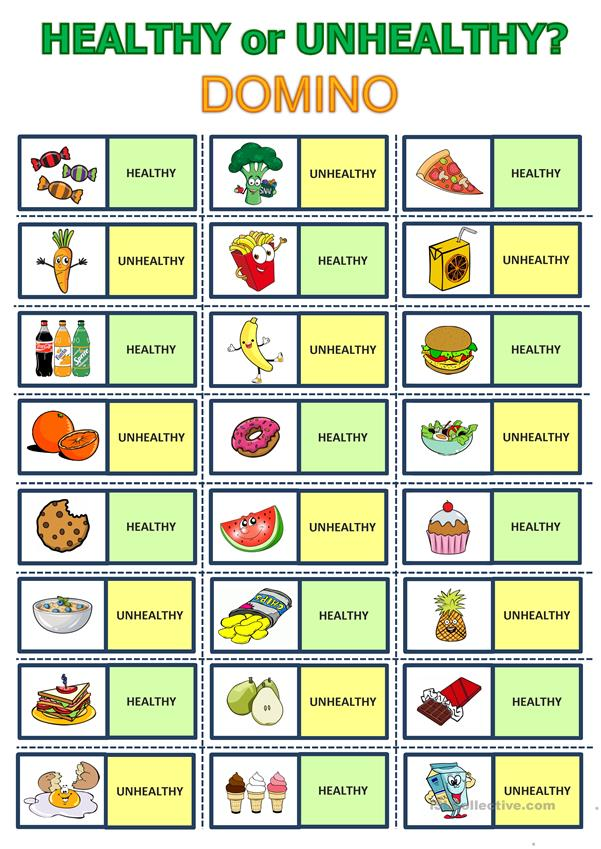 Children are tiny but full-fledged people who are still in need of care.
Children are tiny but full-fledged people who are still in need of care.
In addition, when there is no feeling of hunger, then eat the body is not yet ready to eat, eat without pleasure, therefore food won't go well. When hungry, the baby will ask for it. And there is no problem in that the child ate instead of three, two or five times a day. If food normal and do not use violence against the child, then there will be neither malnutrition nor overeating. nine0003
2 baby food rule - non-violence In most cases, the child is persuaded to "eat for dad, grandfather, mother, etc.", or they simply order "until you finish eating, you won’t get up from the table." And if we imagine how we would feel in such a situation? The baby's body does not need food at the moment, so he does not want to, only Total. Appetite may arise after some time, and there is no point in being offended. However, the appetite should be for natural products - porridge, potatoes, apple, milk, not sweets and cookies.
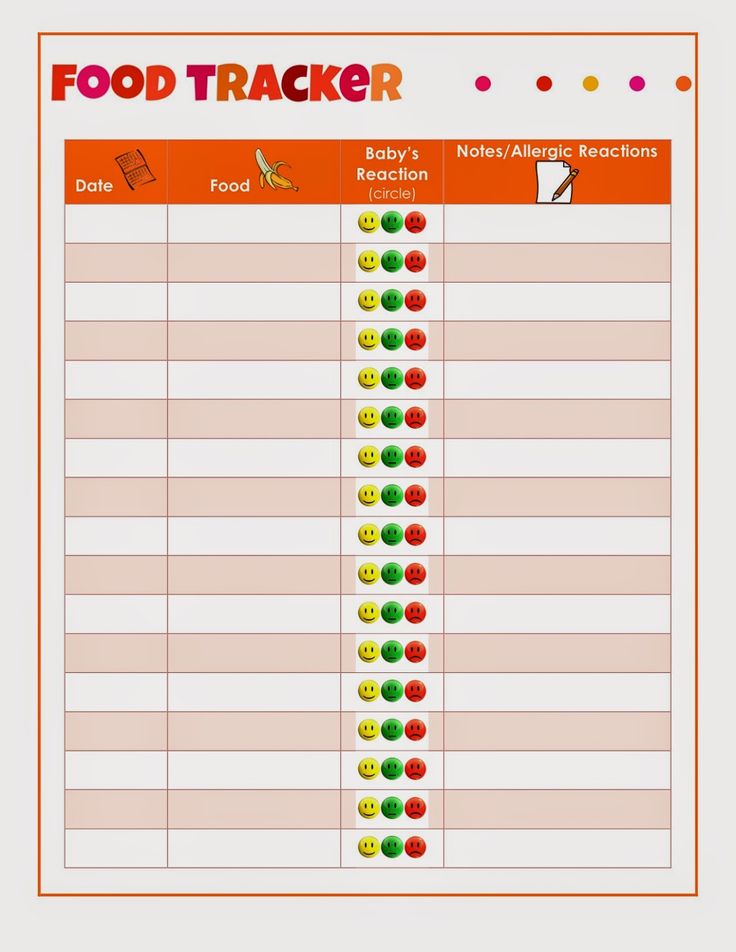 In some cases, however, there are whims and tricks. nine0416 3 child nutrition rule - diseases
In some cases, however, there are whims and tricks. nine0416 3 child nutrition rule - diseases Separately, it is worth dwelling on proper nutrition a child with diseases. very wide the practice of "feeding" sick children is practiced. There is an opinion that this gives the body extra energy to fight the disease.
Paradox - in following: the body really needs strength, it mobilizes all the resources to restore the shattered balance. And the patient has no appetite because all the energy is directed to the fight against the disease, and it simply does not remains on the process of digestion. Animal instinct is at work here. is aimed at survival, and no food simply "climbs". For example, patients animals do not touch food, even if it lies in front of their noses. nine0370 And force-feeding for medicinal purposes directly harm the child.
Preferably, offer him hot drink - tea with honey, warm fruit drink, etc.
4 rule - freedom in everyday nutrition
In terms of everyday nutrition, it is better if children have choice of products. Thus, the problem itself is solved nutritionally balanced flax substances and dietary calories.
Based on long-term observations, it was found that with the presence of freedom of choice, children at the level of intuition or subconsciousness are able to create a menu that will be the best in every respect. adult function here - to orient the child in relation to the correct combination of products.
5 rule - fruit
Children can eat fruits without any restrictions, it is almost impossible to overeat them, and they are very useful. But if the child refuses, no need to force. With a lack of any mineral or vitamin, the child himself will ask he needs an apple or even greens.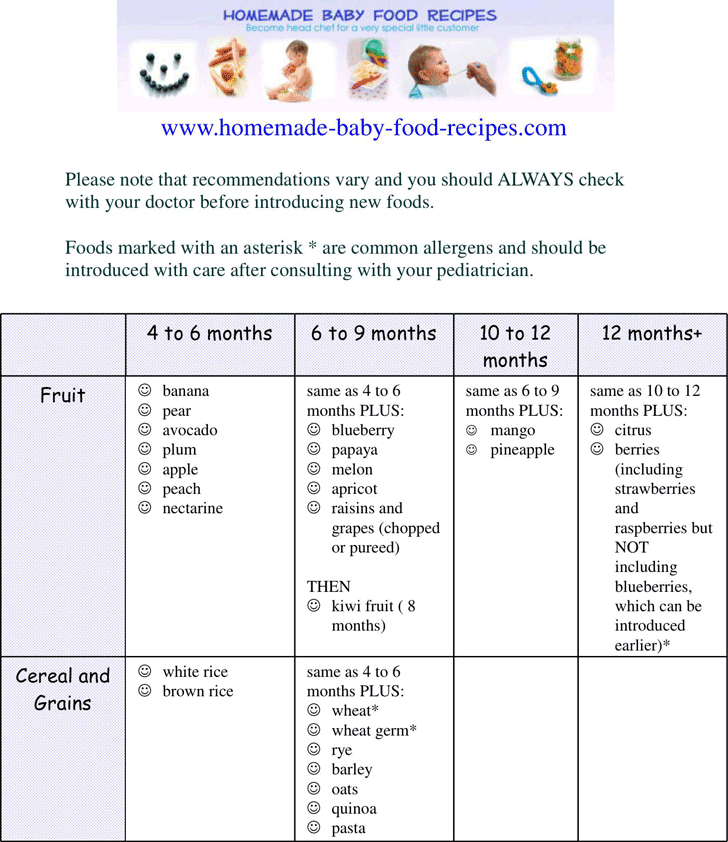 nine0003
nine0003
It is only necessary to coordinate the combination of fruits with other products. These combination rules are objective for both children and adults. If the products are combined correctly, healthy children will lack gas emission, the stool will be odorless with a normal consistency, the tongue will be red and clean.
6 children's rule nutrition - protein food
Protein food should be given to the child 1-2 times a day for desire, but do not worry if he prefers rice or potatoes instead of cottage cheese or pea porridge. But an excess, like a lack of protein, can lead to unpleasant consequences. nine0003
You should not teach a child to sausage, because it unnatural food that deceives the taste organs. From natural products origin, the child should be able to choose from what they eat adults.
7 baby food rule - dairy products
Milk, curdled milk, kefir, yogurt represent makes great food for kids.
 However, they should not be combined with starches. A child at the age of one and a half should not be fed with cereals for milk. The best option is milk and dairy products (room temperature) give as a separate meal. good variation is a combination of cottage cheese with tomatoes (carrots) with kefir, yogurt or milk. nine0416 8 baby food rule - sweets
However, they should not be combined with starches. A child at the age of one and a half should not be fed with cereals for milk. The best option is milk and dairy products (room temperature) give as a separate meal. good variation is a combination of cottage cheese with tomatoes (carrots) with kefir, yogurt or milk. nine0416 8 baby food rule - sweets If you feed your child with sweets, then definitely not after eating. Better just give half an hour - an hour before the main meal. As a rule, they always give after.
Sweet is really necessary for the children's body. Sweets natural origin - fruits, honey, dried fruits cover the needs child's body.
In case of painful conditions, reduced immunity, good options will offer him soaked dried fruits, fruits, melons, watermelons and hot drinks. And no more dishes and products. Several of these days month will replenish the resources of the child's body.